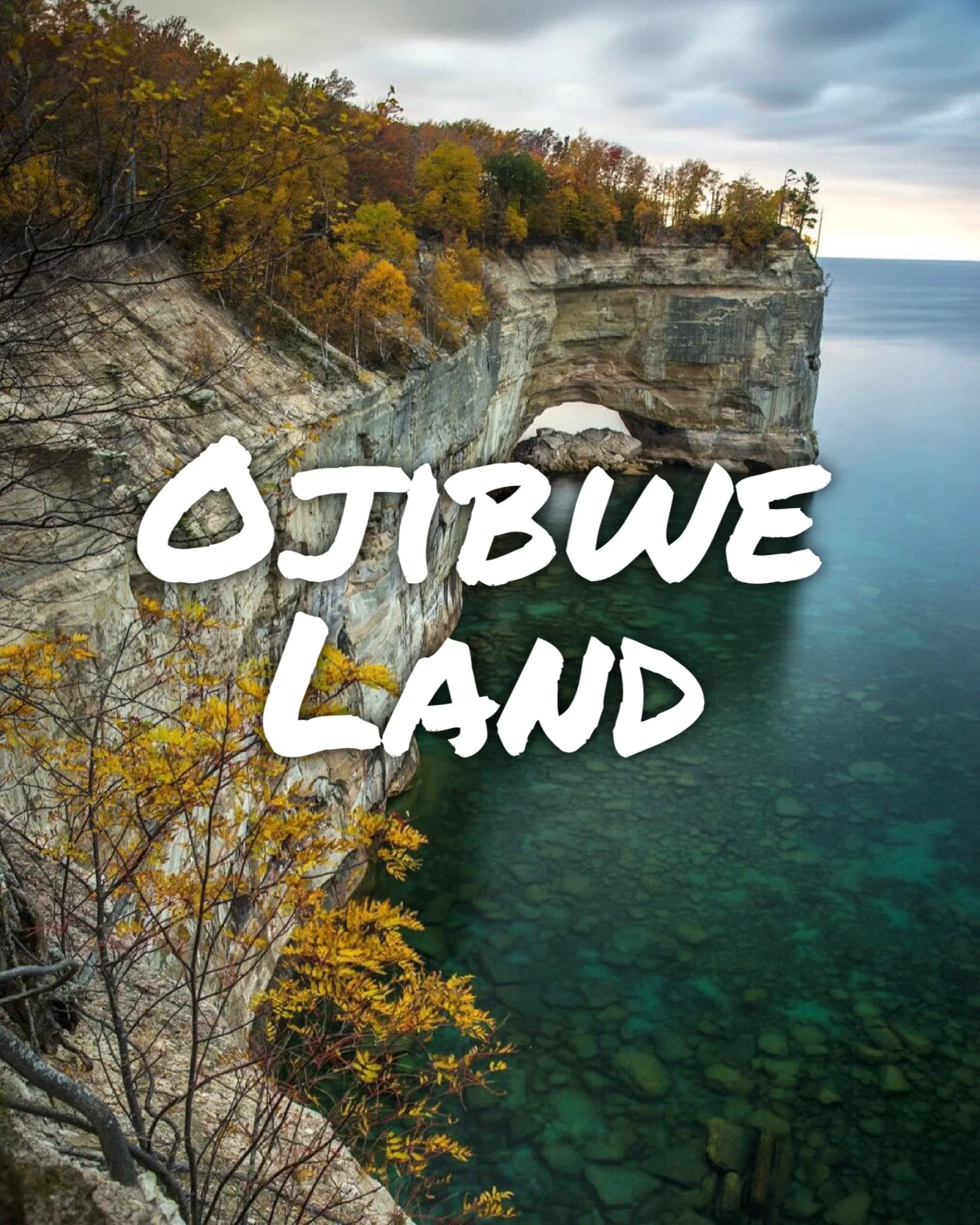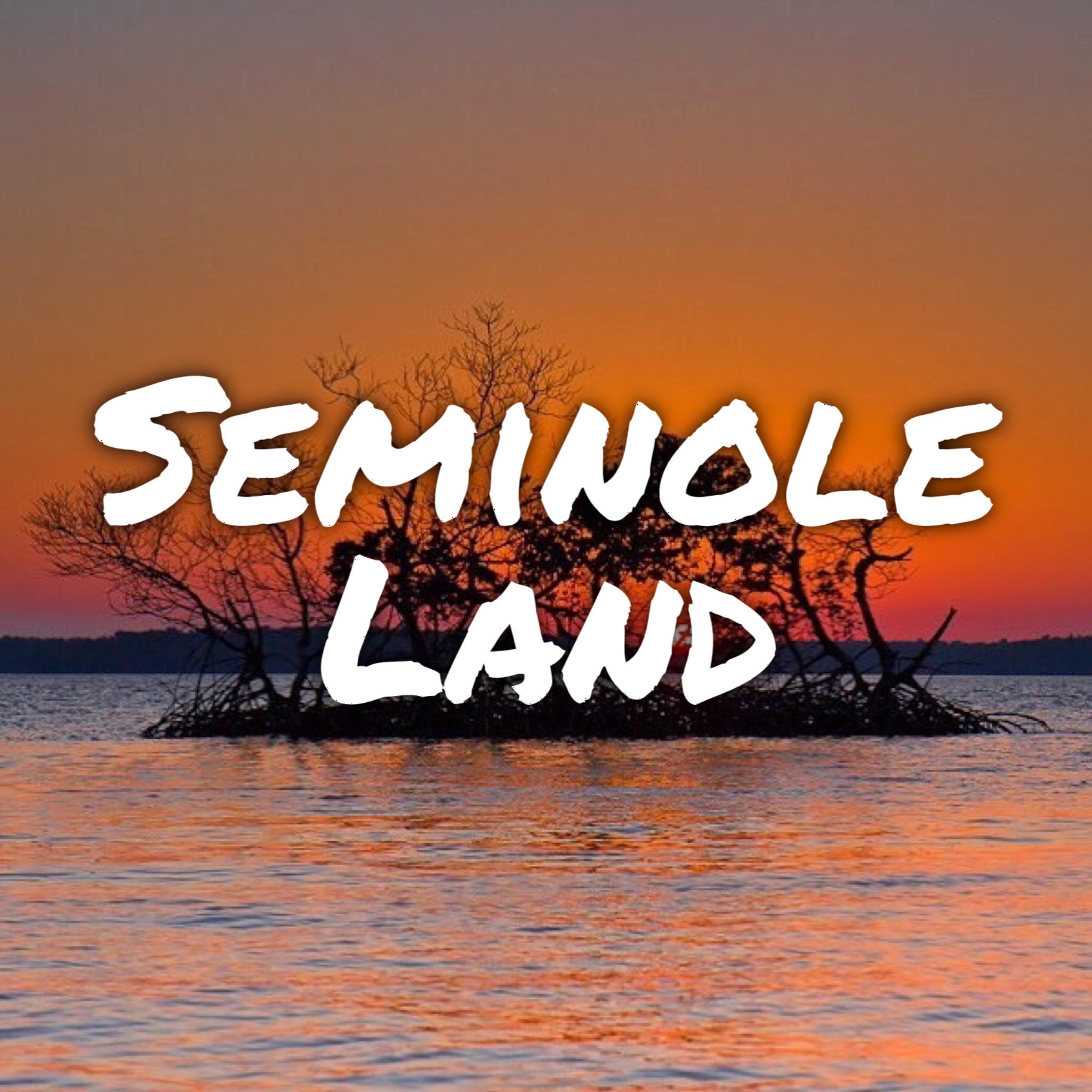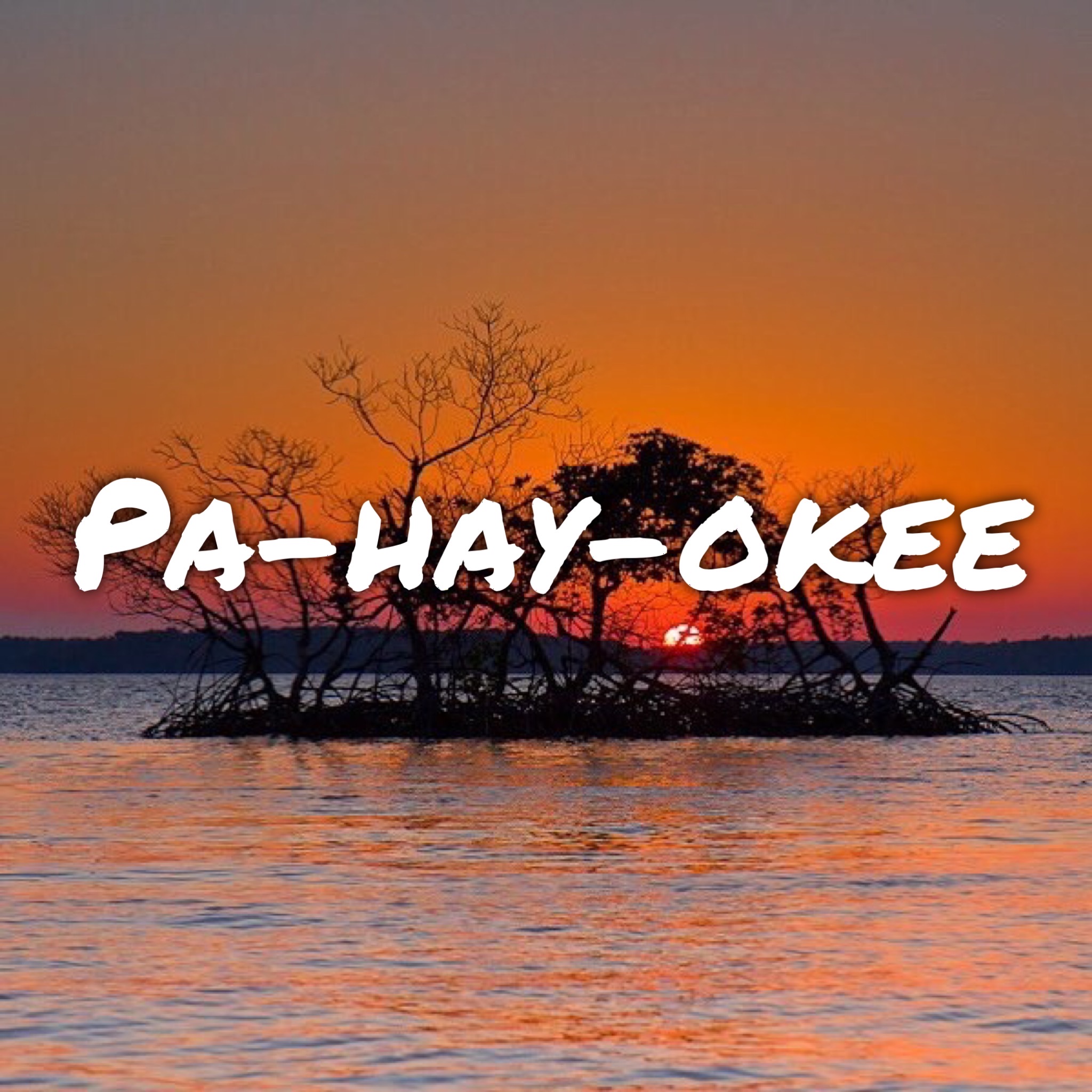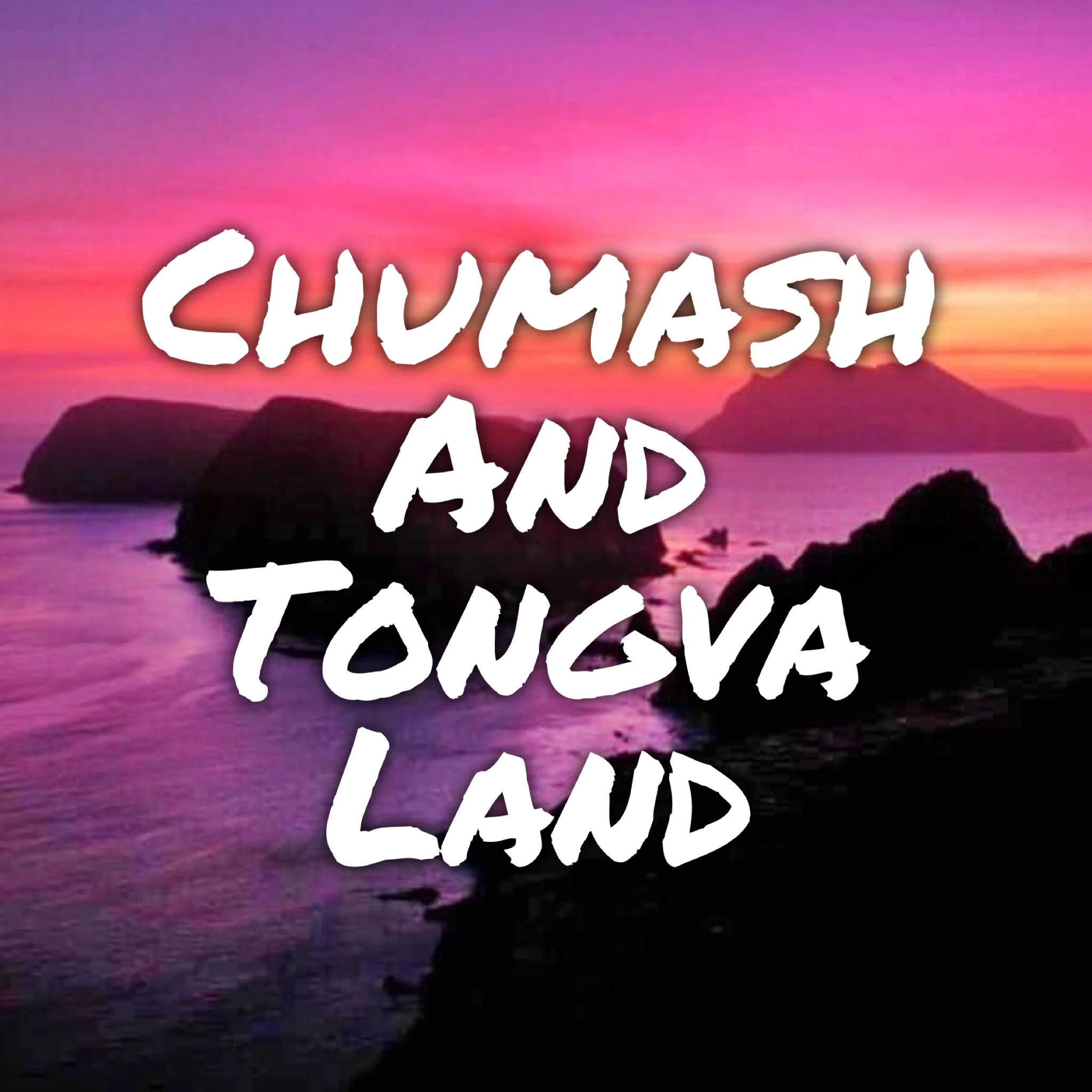{Cuyahoga Valley National Park originally posted by cuyahogavalleynationalpark - part 2/2} If you missed the last post, I suggest reading that for context before this one. —- As the Iroquois strength in the valley waned, dozens of other nations passed through the Cuyahoga Valley after being force out of their homelands through treaties or war further East, especially the Northwest Indian War. Largely led by Miami chief Little Turtle and Shawnee chief Blue Jacket, the war was an attempt to contest American and British expansion into Ohio and the Great Lakes. The confederacy, including Wyandot, Shawnee, Delaware, Ojibwe, Odawa, Potawatomi, Miami, Kickapoo, Kaskaskia, and Cherokee (I apologize for not listing all of these in the image! It wouldn’t fit!), was eventually pushed into and through the Cuyahoga Valley region, which was eventually ceded in the Treaty of Greenville. While is ended the war, the treaty was almost immediately disregarded by settlers, pushing these nations out of the valley and further west. The point is the Cuyahoga Valley National Park was never “empty” and has its own history of dispossession that it has failed to address or deal with. #publiclandisnativeland
Cuyahoga Valley National Park is Whittlsey and Five Nations Land
{Cuyahoga Valley National Park originally posted by @usinterior - part 1/2 on Cuyahoga} Just a short way from the home of the Cleveland Indians, one of the most racist MLB mascots, it is no surprise that the the main story told about the Cuyahoga Valley is one of erasure. It basically says, “Yes, there is an indigenous history, but by the time the Europeans got here, the Indians were already long gone.” Unsurprisingly, the story is more complex than that and it’s going to take two posts to tell it.
A people known as the Whittlsey - we don’t know what they called themselves - had been in the Cuyahoga Valley for hundreds of years by the time Europeans were pushing into North American in the 17th century and it is true that they had left the region by the time Europeans got to Ohio, but what is often left out of the narrative is that, even though they weren’t directly removed through treaties or war like other tribes, they were still impacted by the ripples of colonialism further east. Waves of epidemic disease stemming from colonial contact probably hit their communities hard and then the better armed Iroquois Confederacy, expanding and strengthening their position in response to pressure from the East, pushed them out completely. Cuyahoga still wasn’t abandoned. With declining game and fur in the east, Ohio and the valley became an important resource area for the Five Nations of the Iroquois Confederacy, especially the Seneca (the Tuscarora hadn’t joined yet, but I haven’t forgotten about you guys @fishuponastar). When Europeans started exploring the area, it is true they may not have encountered many Native people, but the empty land was still the result of a violent removal. #publiclandisnativeland
Glacier National Park is Salish, Kootenai, and Pend d'Orielles Land
{Glacier National Park originally posted by @glaciernp - post 2/2 looking at the tribes of Glacier National Park} On the western side of Glacier National Park is the homeland of the Salish, Kootenai (or Ktunaxa), and Pend d’Oreilles Nations of the Flathead Reservation. The history of U.S.-Indian relations is filled with less than fair treaty negotiations, but the Hellgate Treaty of 1855 and subsequent “agreements” with the Flathead nations are still exceptional. The two parties came with entirely different expectations, both intending to leave in control of the Flathead homeland, but poor translations, that according to one witness were barely intelligible at all, and underhanded dealing on the part of Isaac Stevens led to Chief Victor giving up 20 million acres of land. Illegal settlement and railroads, military intervention, and even the U.S. forging marks on behalf of chiefs eventually forced the nations to move the Flathead Reservation. Throughout all of this, the tribes remained committed to peaceful resistance.
The Flathead nations are also a great example of hour conserving wilderness and honoring treaties don’t have to be mutually exclusive. On fact, they run their own wilderness area, the Mission Mountain Tribal Wilderness, and are fighting for management of the National Bison Range. Past wrongs can’t be undone, but there is still room to move forward with more respect for indigenous claims to our public land. #Publiclandisnativeland
El Camino Real de Tierra Adentro National Historic Trail is Pueblo Land
{El Camino Real de Tierra Adentro National Historic Trail posted by the BLM @mypubliclands} This national historic trail commemorates the U.S. side of a route between Mexico City and Ohkay Owingeh (San Juan Pueblo), NM. This trail is largely interpreted as a Spanish route used between the 1580’s and the 1880’s, used to maintain trade routes, spread Christianity, and generally maintain colonial rule over the region. However, before is was appropriated by Spanish conquistadors, it had been used by indigenous people for thousands of years as an important trade route into Central America. At it’s northern end it connects around fifteen Pueblo communities and passes through dozens of other indigenous lands on its way to Mexico City. The question I want to ask is, why is it the 300 years of Spanish conquest that makes this trail worth memorializing and not that thousands of years of indigenous cultural and material exchange and nation building? #NativeHistoryMatters #PublicLandIsNativeLand
Yosemite National Park is Ahwahneechee Land
{Yosemite Valley originally posted by @usinterior} Ahwahnee, known as Yosemite Valley, is now one of the country’s most famous National Park, an icon of John Muir’s conservation movement and America’s best idea, but before this public “wilderness” was constructed, it was home to the Ahwahneechee People. The Ahwahneechee experienced multiple violent removals from the would be park beginning in 1851 when their villages were burned to the ground by the California Militia and ending in 1969 when their homes were again burned for a firefighting drill. Despite the U.S. government’s claim that the Ahwahneechee are extinct, members of the tribe are still fighting for Federal Recognition and use of Ahwahnee for cultural practices. When you visit Yosemite, remember it is native land and fight with the Ahwahneechee for their right to use it. #publiclandisnativeland
Indigenous People's Day
{Grand Canyon National Park originally posted by @usinterior} It has been encouraging seeing all the posts today acknowledging Indigenous Peoples’ Day and critically thinking about Columbus, but it has also been interesting to see how many people approach it. I have seen posts thanking Native people for their “sacrifice” or posts using passive voice like “the decline or” or “the elimination of.” Let’s remember that the colonial encounter in the Americas wasn’t a passive process. Columbus represents very real people who actively and with full knowledge of what they were doing enacted genocide on indigenous people. Public Lands like the Grand Canyon aren’t the result of an unfortunate race passively disappearing in the wake of settlers, but of violent, state sponsored removal. When you fight for these public lands, remember to also fight for the Native people who still feel the impact of 1492.
The Grand Canyon is the homeland of numerous southwestern nations including the Havasupai, Hopi, Hualapai, Navajo, Paiute, White Mountain Apache, Yavapai Apache, and Zuni peoples.
Great Smokey Mountains National Park is Cherokee Land
{Great Smoky Mountains National Park originally posted by @greatsmokynps} The story told at Great Smokey Mountains National Park is one of removal, but it isn’t Cherokee removal, it is the removal of white settlers who were displaced in the creation of the park. Barely mentioned is how these settlers got there in the first place as a result of the Indian Removal Act that forced most of the Cherokee off of there land to Oklahoma on the infamous Trail of Tears. Like much “public” land across the country, Great Smoky Mountains National Park was created out of violent and coercive colonial action. Only a single line on the website acknowledges that Cherokee people still live in the area, having resisted hundreds of years of attempted removal and assimilation. Their reservation is open, so if you visit the national park, also visit the reservation and learn the indigenous story of the land. #publiclandisnativeland
Mount Rainier is Native Land
{Mount Rainier National Park originally posted by @mountrainiernps} As I was doing research on Takhoma, or Mount Rainier, it became clear that this place has an incredibly rich indigenous story, one almost completely invisible to visitors to the park. It is impossible to capture in a single image the diversity of languages and cultures that used the resources and lived on the land that is now Mount Rainier National Park and even the five tribes mentioned in the image are far more diverse than the a single name can express. And if you are part of a Native community I didn’t mention that has claims to this or have more information about it’s history, please comment and share. Taken from the indigenous people in the exceptionally unjust Treaty of Medicine Creek, when you visit Mount Rainier, remember this is Native Land. #publiclandisnativeland
Apostle Islands National Park is Ojibwe Land
{Apostle Island National Lakeshore} Mooningwanekaaning (Madeline Island) and it’s surrounding islands in gitchi-gami (Lake Superior) are among the most unique and beautiful public parks in the country. They are also Ojibwe land and water, carved out of the Red Cliff Reservation to “protect” them and promote tourism in northern Wisconsin, an explicit example of how public lands lead to Native dispossession. #publiclandisnativeland
Everglades National Park is Seminole Land
{Everglades National Park originally posted by US Interior) Pa-hay-okee has been represented as an uninhabited and uninhabitable wilderness for centuries. For early European and American explorers, it was a mosquito infested wasteland and for modern tourists, it is a pristine, one of a kind wilderness. For many years, however, this wetland was a refuge for the Seminole Nation. When the U.S. government removed much of the nation to Oklahoma as a result of the First Seminole War, part of the Seminole Tribe were able to retreat into Pa-hay-okee. Using their knowledge of the area and guerrilla fighting techniques that fit the landscape, the Seminoles survived two more costly wars with the United States in the 19th century. Despite much of the Florida Seminoles moving to the newly created of Seminole reservation in southern Florida, many Seminole families continued to live in Pa-hay-okee until the were coerced into leaving by the National Park Service during the creation of Everglades National Park in the 1940’s. In 1962, the Miccosukee, who were among those who stayed in the Everglades the longest, were also federally recognized as a separate nation.
The Everglades is not a wilderness, it is Seminole land and has supported Native civilizations for centuries. If this is not possible today, it is only because of the dramatical political and ecological changes instituted by the United States. When you visit, be an ethical tourist by acknowledging Seminole sovereignty, supporting Native owned businesses, advocating for indigenous centered ecological preservation, and using indigenous place names. #publiclandisnativeland
North Cascades National Park is Native Land
{North Cascades National Park originally posted by US Interior} The North Cascades are the homeland of many different contemporary Native Nations including the Nooksack, Upper Skagit, Sauk-Suiattle, Colville, and Yakama in the U.S. as well as the Sto:lo and Nlakapamux in Canada.
In the mid 19th century, the state of Washington was eager to make treaties with the tribes as quickly as possible to allow for white settlement of the area - sometime without tribal representatives even there. North Cascades is land ceded in the Treaty of Point Elliott and the Treaty with the Yakima. While members of the Upper Skagit and Sauk-Suiattle nations did sign the Point Elliott Treaty, the Nooksack were included despite not signing and expected to move to reservations with the other tribes. Likewise, members of tribes that became the contemporary Colville Nation like the Chelan, Entiat, Methow, and Wenatchee people were never party to the Yakima Treaty, but were still expected to leave simply because their homeland was on the land ceded in the treaty by other nations.
In reality, most people didn’t leave their homes or move to reservations until forced out by other events and policies like the gold rush, boarding schools, termination, and the eventual creation of reservations closer to home in the 1970’s and 80’s, but contemporary resource conflicts still exist - see part two of this post. #publiclandisnativeland
Redwoods National Forest is Yurok Land
{Redwood National Forest. Photo by @runs_wild} Guest Post from Jacklyn Holzhauser @runs_wild: “Yurok is Karuk for down river people, our lands stretch from the three sisters rock formation below Crescent City Ca down the coastline to Trinidad Ca, and up the Klamath river from the mouth to the Klamath Trinity tributary. Our people were lucky that after prosecutors and settlers came to the area we weren't removed from our ancestral lands. We still hold our traditional ceremonies and have our language.
Our current land base is from the mouth of the river and one mile on each side of the river and 44 miles up river. Our language is from the Algonquin language family. We are currently the largest tribe in California with over 5,000 enrolled members.” #publiclandisnativeland
Channel Islands National Park is Chumash and Tongva Land
{Channel Islands National Park originally posted by US Interior} The Channel Islands are the homeland of the Chumash - on the islands within the park - and Tongva people on the southern islands. These two nations lived on the Channel Islands and throughout coastal southern California for thousands of years before the Spanish arrived. In Chumash, the Channel Islands are called limuw (Santa Cruz), wi’ma (Santa Rosa), tuqan (San Miguel), anyapakh (Anacapa), shooynga (San Nicolas), kiinkenga/xaraashnga (San Clemente), pimuu’nga (Catalina). After contact with the Spanish in the 1540’s, Chumash and Tongva communities were disrupted by disease and missionization. Mexican independence and eventual American settlement of California led to severe land loss. Today, the Chumash have just one 127-acre reservation in Santa Ynez and the Tongva, although formally acknowledged as the indigenous people of Southern California, have not been federally recognized.
Despite this, both nations are striving for cultural resurgence with the Tonga fighting for formal recognition and the Chumash revitalizing traditional seafaring with the tomol crossing to the islands. #publiclandisnativeland
Gates of the Arctic National Park is Nunamuit Land
{Gates of the Arctic National Park originally posted by US Interior} Gates of the Arctic National Park and the Brooks ranges is the homeland of the Nunamiut, an Iñupiat people who live within the boundaries of the park in the village of Anaktuvuk Pass. Even more than parks in the lower 48, Alaskan national parks are portrayed as true wildernesses, unpopulated and unchanged, when in fact they are the most likely to have people living in them. Gates of the Arctic is a beautiful natural area, but it is also a cultural landscape influencing and influenced by the indigenous people that call it home. #publiclandisnativeland
Yellowstone National Park is Tukudeka Land
{Yellowstone National Park originally posted by US Interior} Today is the 146th anniversary of the founding of Yellowstone National Park, the first park in the system. For much of the park’s history, a myth circulated around it that American Indians never lived in or even entered the park out of superstitious fear. It turns out this was fake news intentionally circulated by the park to reassure tourists that they would be safe from “hostile Indians” in the area and, like many of these wildernessing narratives, justify their own presence in the area.
In reality, Yellowstone is the homeland of the Tukudeka or Sheepeater Shoshone who are now enrolled in the Shoshone-Bannock Tribes of the Fort Hall Reservation of Idaho. Pressure from outdoor tourism and eventually military force in the Sheepeater War drove the Tukudeka from the region. Today five tribes have recognized treaty rights to hunt in the park - Confederated Tribes of the Umatilla Indian Reservation, Confederated Salish and Kootenai Tribes, the Nez Perce Tribe, Shoshone-Bannock Tribes, and the Confederated Tribes of the Yakama Nation - and a total of 26 have connections to it. #publiclandisnativeland
The Iditarod National Historic Trail is Dena'ina, Deg Hit'an, Inupiaq, and Yup'ik Land
{Iditarod National History Trail originally posted by US Interior} The annual Iditarod Dog Sled Race is currently underway in Alaska! Known as an important dog sled trail during the Alaska gold rush and the famous “Great Race of Mercy” when medicine for diphtheria was taken to the children of Nome, the trail was originally a dogsled and snowshoe trail created by Alaska Natives to connect a number of interior villages. It goes through the land of the Dena’ina, Deg Hit’an, Inupiaq, and Yup’ik people and the word Iditarod comes from the Deg Xinag word hidedhod meaning distant place. #publiclandisnativeland
Congaree Swam is Congaree Land
Congaree National Park is Congaree Land
The Congaree Swamp is the homeland of the Congaree nation, southeastern farmers known for the tame cranes that roamed their villages. Like many tribes at the time, a devastating smallpox epidemic after contact with Europeans killed nine out of every ten people in their communities. [pause and just think about that for a minute]. Just when the communities were beginning to recover, they joined an effort with the Cherokee, Muskogee, and other tribes to push the Europeans out of South Carolina in the Yamasee War. This war was restating on both sides, but the Native coalition eventually lost. Following the conflict, slave traders in South Carolina took half the remaining community and sold them into slavery in the West Indies. I just want to say that the fact that the Congaree survived as a people through any one of these events is a testament to Native resilience, but finally, in order to survive, the remaining people gave up their land and joined the nearby Catawba nation, which remains a contemporary federally recognized tribe today.
Hawaii Volcanoes National Park is Kanaka Maoli Land
The Nahuku Rainforest in Hawaii Volcanoes National Park is part of the ‘Ainu or ancestral homeland of the Kanaka Maoli. This area is famous for the network of lava tubes from Kilauea, which are popular destinations for tourists to the national park. However, many of these lava tubes are also sacred spaces for the Kanaka Maoli, used for burials. Some Kanaka Maoli believe no lava tubes should be entered or built upon because we don’t know which were used for burials and which weren’t. Even those that weren’t used as burial sites, however, often have cultural significance and history. The geological history of these spaces is important to talk about, but the national park also needs to acknowledge their cultural significance and address how the ways they tell the story of this space erases Kanaka Maoli presence. {I had trouble finding much information on this, so if you know more and feel comfortable sharing, please do!}#publiclandisnativeland
Glacier National Park is Blackfeet Land
Glacier National Park is Blackfeet Land
Straddling the Rocky Mountains in northern Montana, Glacier National Park was carved out of the ceded land of several different Native Nations, the largest of which is the Blackfeet Nation. The Blackfeet homeland includes the eastern half of Glacier and much of the Montana plains. Despite being confined to a reservation as the result of several treaties with the U.S., the Blackfeet did not give up resource rights to their ceded land, which means, legally, the Blackfeet have overlapping resource jurisdiction in much of Glacier National Park. Conflicts stemming from these overlapping jurisdictions are common on public land throughout the U.S., often the result of different conceptions of land and property both at the time of the treaties and in the present. The Blackfeet in Glacier are no different and despite fighting to greater power in the management of the park’s resources, the Blackfeet are still barred from fully exercising their treaty rights in their homeland. #Publiclandisnativeland



























